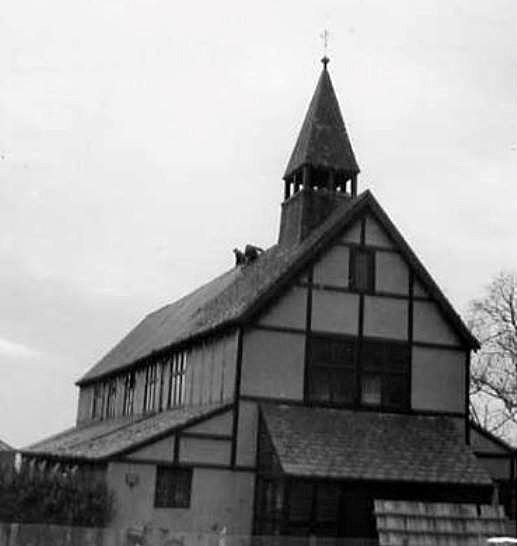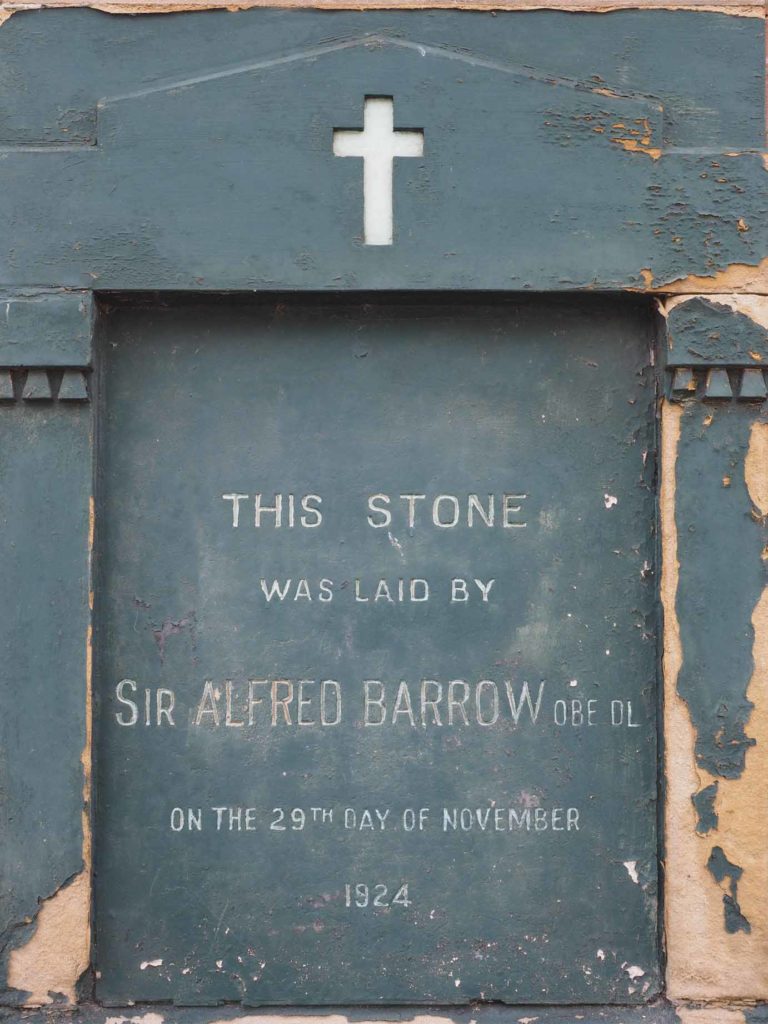The rapid growth of the town soon rendered more church accommodation necessary than could be given by the three then in existence, and the Dukes of Devonshire and Buccleuch, Sir James Ramsden, and other magnates of the district, realising the want, subscribed £24,000 towards the erection of four new churches. Of this sum the Duke of Devonshire furnished £12,000, the Duke of Buccleuch £6,000, and the remaining £6,000 by other gentlemen.
Mannex’s directory of Furness and Cartmel, 1882
The four new parish churches in Barrow-in-Furness were named after the four evangelists of the New Testament, and all four churches were simultaneously dedicated on 26th September 1878. St Matthew’s parish was formed from part of the existing parish of St James’ and began with a population of 4,900.
The four churches were built to similar designs, provided by Lancaster architects Paley & Austin. They were ‘temporary’ structures of brick and timber that were expected to last about 25 years, but St John wasn’t replaced until 1935, St Luke’s was damaged in WW2 and replaced in 1964, St Matthew’s lasted 89 years, and St Mark’s was extended and is still in use today.
Money was short from the start, but the vicar (Rev. G. K. Meaby) and his people decided that a schoolroom should be built where children could be taught the faith. This was built in 1886 and still exists as the lower hall. From the earliest days money was sent to overseas missions, for instance in 1886 to Central Africa, India and the Jews. Local agencies supported included North Lonsdale Hospital, the sick and needy, and the Temperance Society.
The Sunday school grew to over 600 pupils (original northbarrowtm website said 6001, but expect the 1 was mis-typed and should have been !) and 44 teachers on the rolls by 1912. Only 200 could fit into the hall, so the rest had to use Oxford Street School. It was decided in October 1910 tp build a new larger hall, but due to World War One it would be 20th September 1925 before it was opened.

In 1937, 3000 people from Schneider Road and Ormsgill were added to the parish, bringing the total to 9000. By 1939 vestments were introduced and soon afterwards the parish communion became the main service. During World War Two, the work carried on and 1941 saw a mission conducted by the Franciscans.
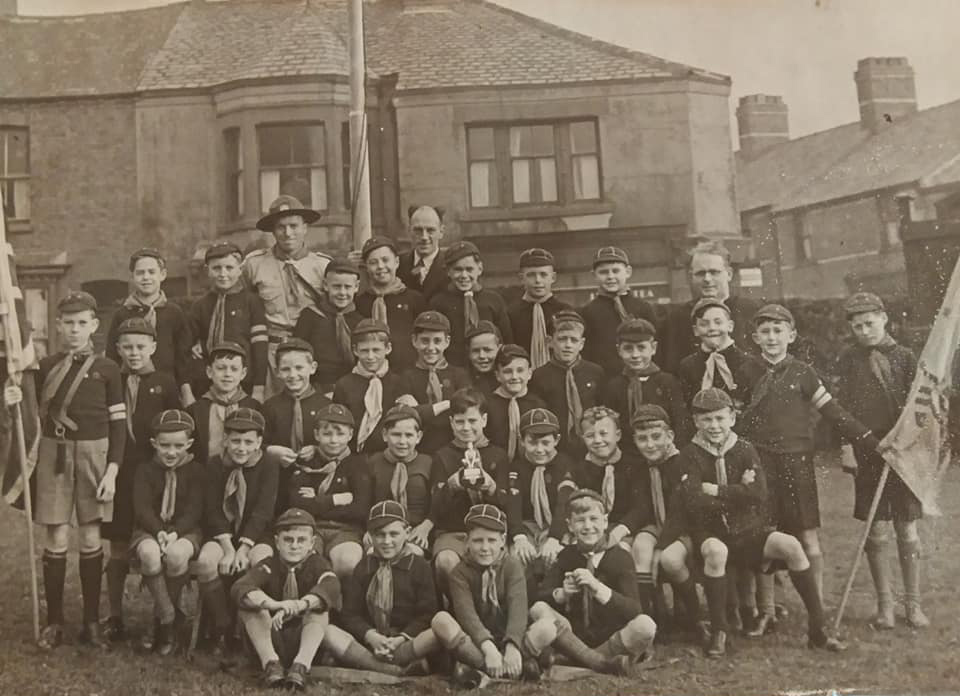
In 1958 the first stewardship campaign was held and plans were made to build a new church at St Matthew’s. The old church building was finally vacated on 31 May 1964.
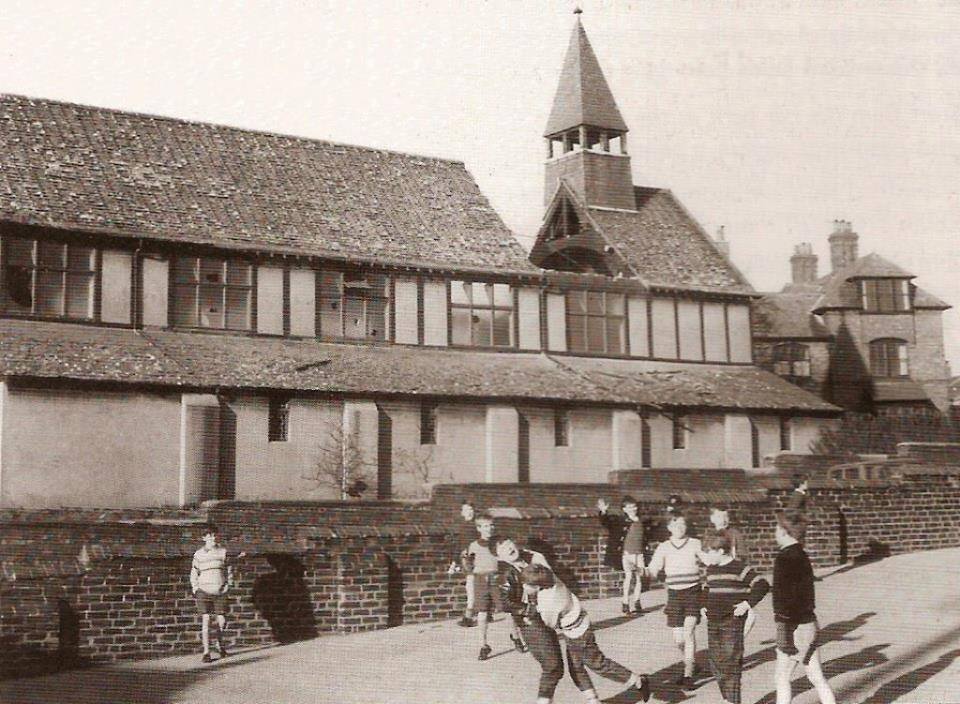
The new church was consecrated on Saturday 21st October 1967. However, by 1973 water penetration had caused major damage, and it was over 2 years before the church could be fully used again.
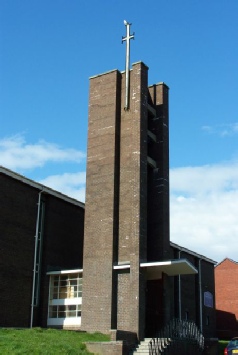
Sadly, over the following years, similar structural problems have occurred. Repairs would be prohibitive and we would still be left with a building which does not meet the needs of a smaller congregation. Reluctantly therefore, and with much sadness the PCC decided to close the church for worship from April 2015.
The legacy of worship and service is still much valued by the Team and some of the church’s fabric are incorporated into St James and St Francis.
